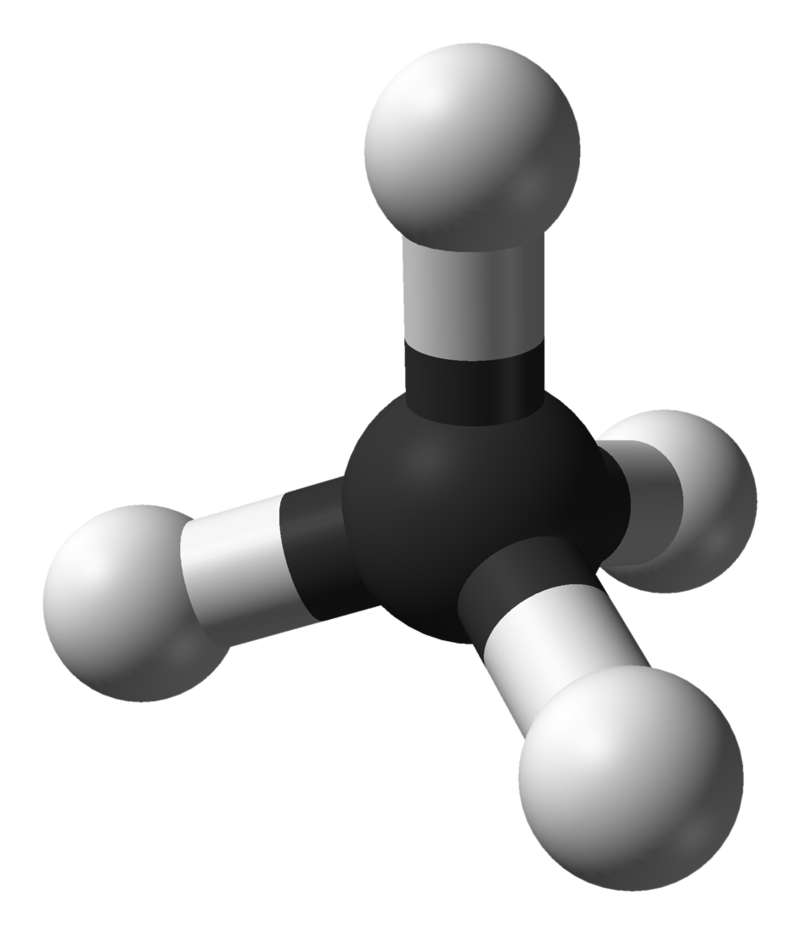Introduction:
Methane, also known as Methyl hydride or Marsh gas, is a colorless and odorless gas with the chemical formula CH4. While it plays a significant role in the natural environment, being emitted during the production and transport of coal, natural gas, and oil, it also poses certain risks to human health and the environment. This blog post explores the various facets of methane, from its chemical properties to its health risks and regulatory guidelines.
Chemical Properties and Other Names:
- Chemical Formula: CH4
- CAS Number: 74-82-8
- Other Names: Methyl hydride, Marsh gas
Industry Uses:
Methane is prominently utilized in the natural gas and fuel industries. Its role in these sectors highlights its importance as a significant energy source. However, with its use comes the need for careful handling due to its inherent characteristics.
Health Risks:
While methane itself is nontoxic, its combustion products and potential displacement of oxygen in confined spaces can pose health risks. The primary risks associated with methane exposure include dizziness and asphyxiation. Inhalation of methane is also suspected to have adverse effects on fertility and fetuses in utero.
Flammability and Safety Measures:
- Flammability: Methane is extremely flammable and may explode when heated under pressure. It can form explosive mixtures with air.
- Odor: Interestingly, methane is odorless, which makes it challenging to detect leaks or concentrations without additional measures.
Methane Exposure and Health Risks:
- Vapor Pressure: 258,574 mmHg
- Water Solubility: Insoluble
Methane exposure through inhalation can result in dizziness or asphyxiation. Additionally, contact with liquid or gaseous methane can lead to burns or frostbite. The combustion of methane can produce irritating and/or toxic gases, emphasizing the importance of proper ventilation and safety precautions in environments where methane is present.
Regulatory Guidelines:
To mitigate the risks associated with methane exposure, regulatory organizations have established exposure limits. According to the National Institute for Occupational Safety and Health (NIOSH), the Time-Weighted Average (TWA) exposure limit for methane is set at 1,000 parts per million (ppm) over an 8-hour period.
Measuring Methane:
All of those units can be found here: https://www.gas-sensing.com/information/methane
Monitoring methane concentration in the air is crucial for ensuring safety in various industries. Methane concentration is typically measured in parts per million (ppm). A range of monitoring solutions is available, including portable and fixed methane monitors and kits. These products often feature digital communication capabilities for easy monitoring and control, providing a comprehensive approach to methane detection.
Conclusion:
Methane, a seemingly innocuous gas, possesses both benefits and risks. Understanding its chemical properties, health risks, and safety measures is essential for industries working with natural gas and fuels. By adhering to regulatory guidelines and utilizing advanced monitoring solutions, we can harness the benefits of methane while prioritizing safety and environmental responsibility.


